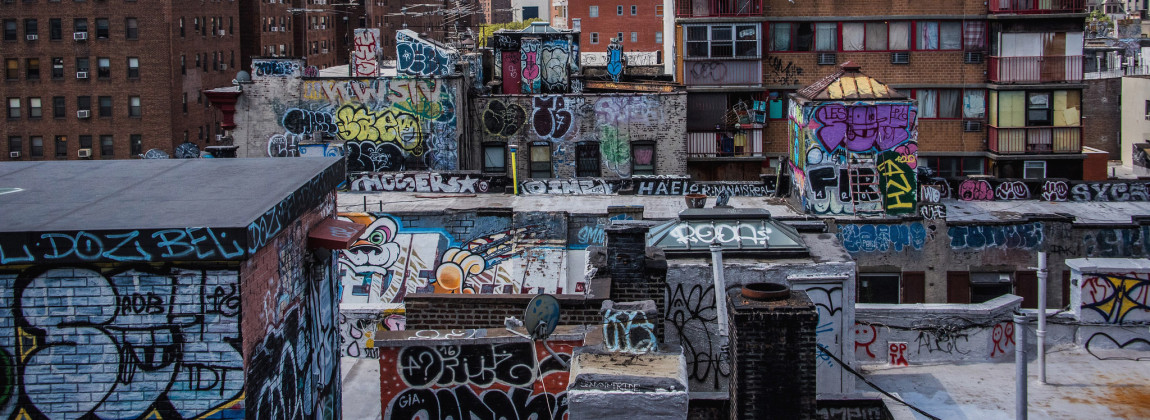- Type of project
- Basic research
- Funding
- EU-India Platform for the Social Sciences and Humanities
- Website
- https://www.ids.ac.uk/projects/displacement-placemaking-and-wellbeing-in-the-city/
- peter.hemmersam@aho.no
- Duration
- 01.01.2019 -> 30.06.2022
This project has been completed
About the project
This research investigates how forcibly displaced people become part of cities, in ways that sustainably contribute to economic development, cultural advancement and wellbeing.
Globally, forced displacement levels are hitting a record modern-day high. 2015 marked a watershed moment in Europe, with hundreds of thousands of migrants and refugees arriving on its shores, after often perilous journeys. In India, cities grow rapidly, and continue to receive many people that are internally displaced due to agrarian crisis, conflict, development induced displacement and abject poverty.
Protracted displacement is now chiefly an urban affair. Cities offer economic and social opportunities, however, they can also be places of rising inequalities, deprivation, isolation and exploitation. Greater understanding is hence needed of the ways in which people succeed or fail to make urban spaces into places of belonging, participation and wellbeing in conditions of scarcity and growing urban inequality. This will require attention to the placemaking processes and practices that structure refugees’ and forced migrants’ political, social and economic citizenship, access to livelihood opportunities, connections with existing communities and, ultimately, to define and achieve a ‘right to the city’.
The project compares case studies in each of the four countries – India, Finland, Norway and the UK – located in diverse urban settings, spanning from town to megacity. We undertake interviews, surveys, and mapping of physical structures and use of urban spaces. In addition, and we conduct policy analyses and stakeholder mappings to understand in what ways displaced groups’ use of space for economic activity and leisure is enabled or restricted
Design Studios for architecture and design students support the project through analysis, design of solutions and learning from active engagement in fieldwork. At AHO the project collaborates with the In Transit studio at the Institute of Urbanism and Landscape.
Image: “Chinatown Graffiti” by Ted McGrath (CC BY-NC-SA 2.0)





